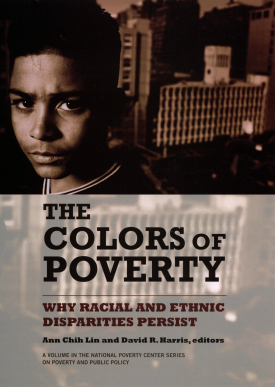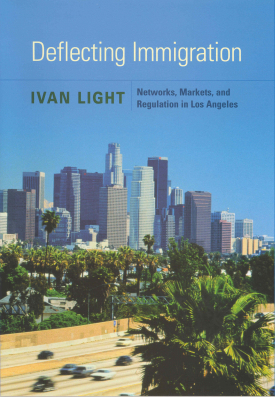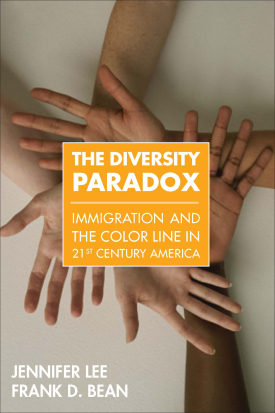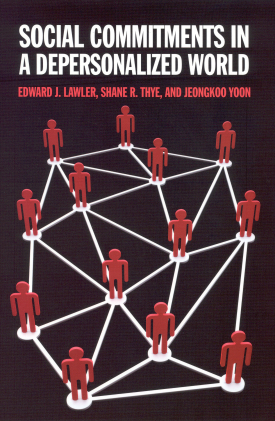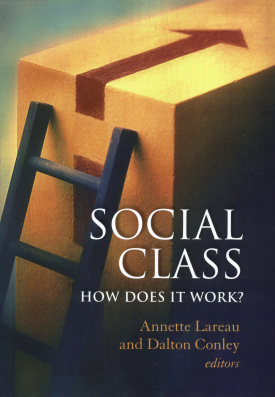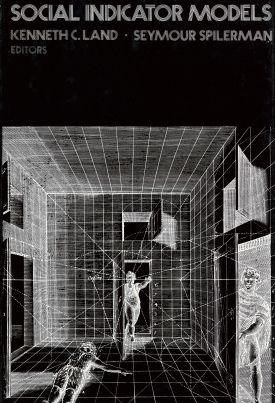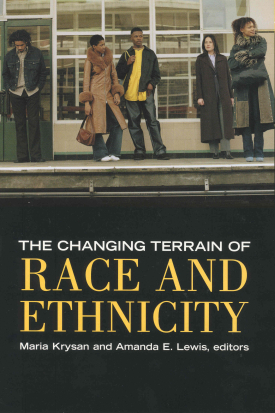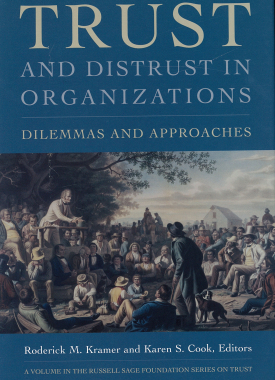Approaches to Social Theory
About This Book
Many social scientists lament the increasing fragmentation of their discipline, the trend toward specialization and away from engagement with overarching issues. Opportunities to transcend established subdisciplinary boundaries are rare, but the extraordinary conference that gave rise to this volume was one such occasion.
The W. I. Thomas and Florian Znaniecki Memorial Conference on Social Theory, held at the University of Chicago, brought together an outstanding array of scholars representing a variety of contending approaches to social theory. In panels, presentations, and general discussions, these scholars confronted one another in the context of an entire range of approaches. But as readers of this deftly edited collection will discover, the conference was more than a forum for abstract theoretical debate. These papers and discussions represent original scholarly contributions that exemplify orientations to social theory by examining real problems in the functioning of society—from large-scale economic growth and decline to the dynamics of interpersonal interaction.
By exploring a few central issues in different ways, this unique conference worked through some lively theoretical incompatibilities and established genuine potential for communication, for complementary and collaborative effort at the core of sociology. The excitement of that dialogue, and the intellectual vitality it generated, are captured for the reader in Approaches to Social Theory.
"Meaty presentations and confrontations of ideas by people whose views we respect...Recommended to anyone interested in the current state of social theory." —Contemporary Sociology
SIEGWART LINDENBERG is at the University of Groningen.
JAMES S. COLEMAN is at the University of Chicago.
CONTRIBUTORS: Robert McCormick Adams, Howard Aldrich, Gary S. Becker, Joseph Ben-David, Peter M. Blau, Ronald S. Burt, James S. Coleman, Randall Collins, Robert G. Eccles, David L. Featherman, John Freeman, Allen Grimshaw, Joseph R. Gusfield, Michael T. Hannan, Russell Hardin, Michael Hechter, David R. Heise, Morris Janowitz, John Kitsuse, David Knoke, William Labov, Edward O. Laumann, Siegwart Lindenberg, Arthur Mann, Anthony Oberschall, Mancur Olson, Ann Shola Orloff, John Padgett, Edward Shils, Theda Skocpol, Arthur L. Stinchcombe, Fred L. Strodtbeck, Nigel Tomes, Immanuel Wallerstein, and Harrison C. White

